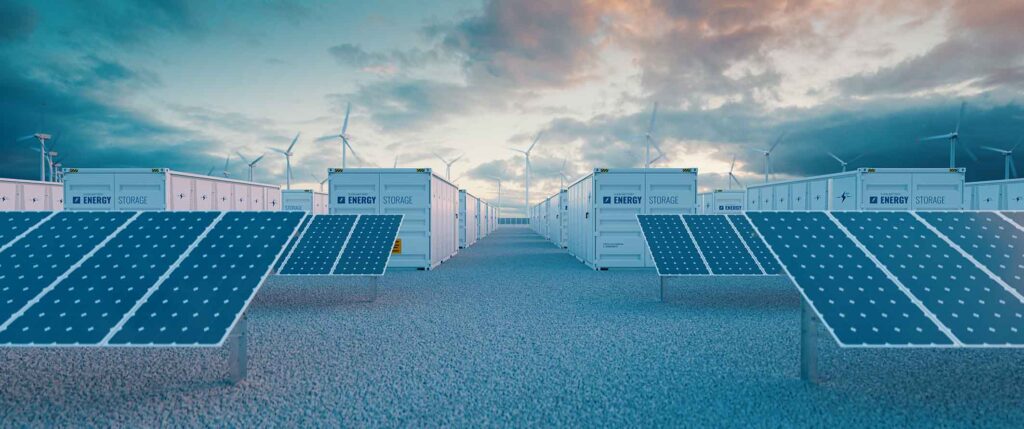In the realm of batteries, energy storage batteries and propulsion batteries serve distinct but equally critical functions in modern energy and transportation systems. Although both types of batteries store energy, their specific applications and performance characteristics are quite different.
Energy storage batteries are designed to stabilize power supply for large-scale applications, such as the electric grid or renewable energy systems. These batteries are optimized for capacity and longevity, capable of storing large amounts of energy and discharging it over extended periods. Lead-acid batteries are frequently used in stationary storage applications due to their low cost and reliability. However, lithium-ion batteries are gaining ground due to their high energy density and efficiency.
On the other hand, propulsion batteries are engineered for mobility applications, such as powering electric vehicles. These batteries need to deliver high bursts of energy to support acceleration, while also providing the longevity required for extended driving ranges. Energy density, power output, and weight are crucial factors for propulsion batteries, where lithium-ion technology currently leads the market due to its superior performance.
One of the main differences between the two types of batteries is their discharge rate. Energy storage batteries typically discharge their stored energy at a steady, controlled rate, while propulsion batteries must be capable of rapid discharge to meet the power demands of electric motors. This makes the thermal management of propulsion batteries more challenging, as high power outputs can generate significant heat.
Both types of batteries face similar challenges when it comes to materials sourcing, sustainability, and end-of-life disposal. The recycling and repurposing of batteries are becoming increasingly important as the adoption of renewable energy and electric vehicles rises.
In conclusion, while energy storage and propulsion batteries serve different purposes, both are integral to building a sustainable, electrified future. As innovations in battery technology continue, we can expect further improvements in performance, efficiency, and environmental impact for both types of batteries.


